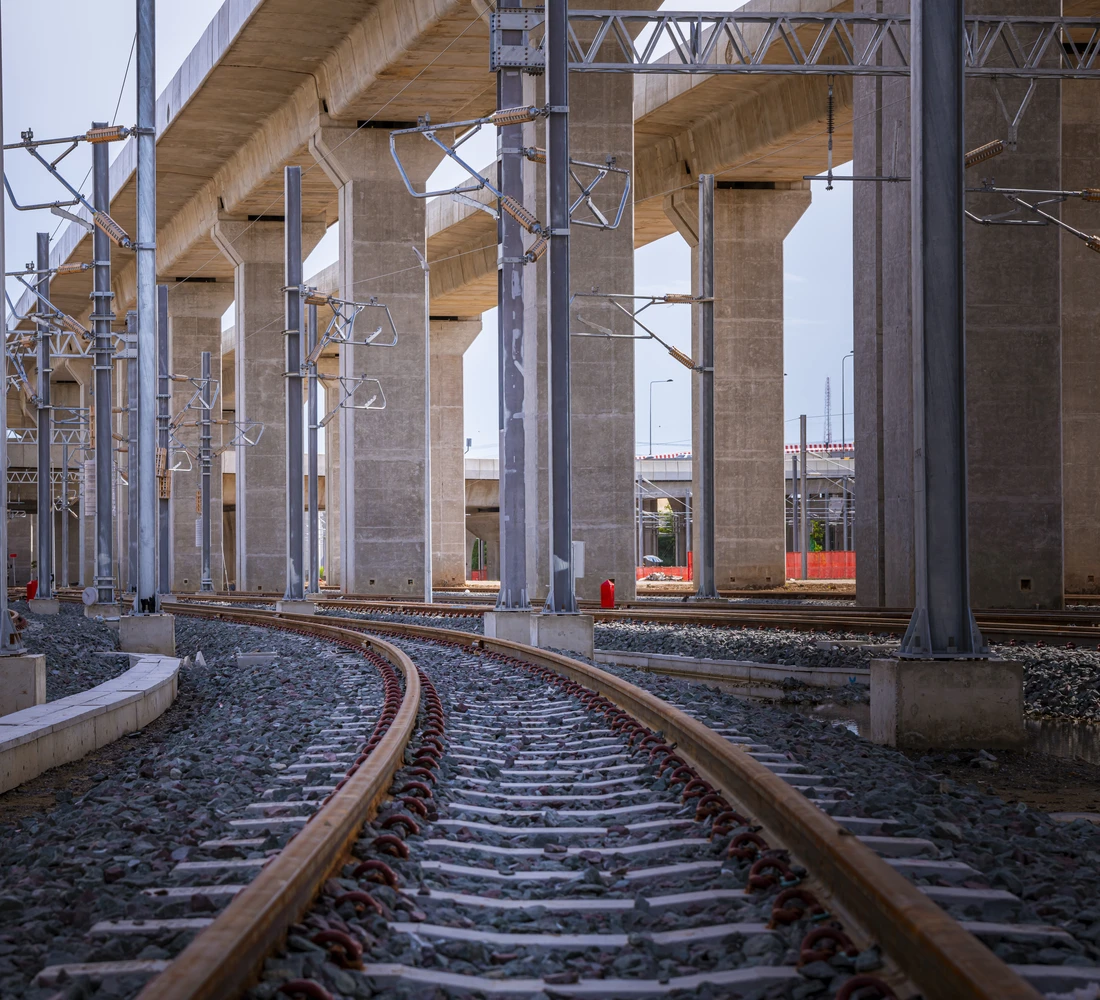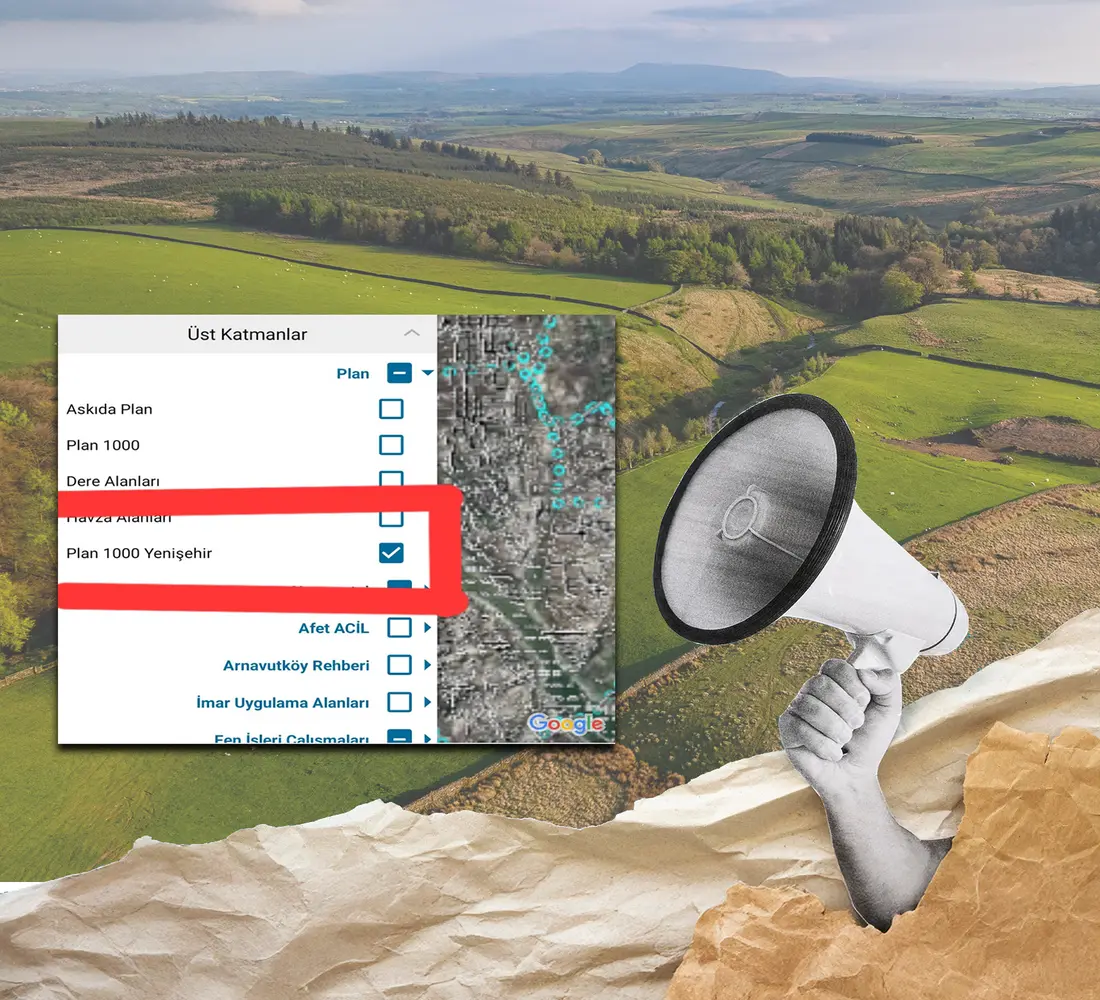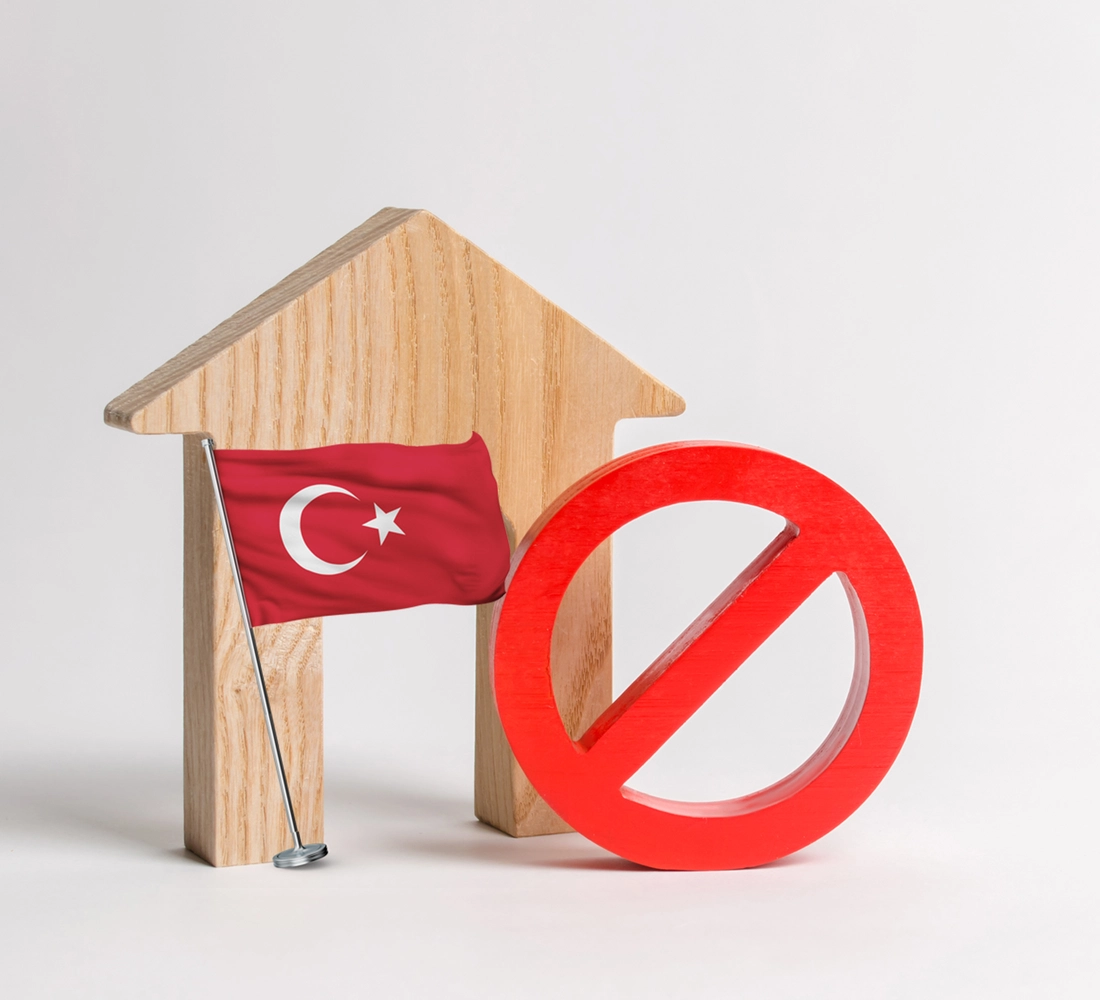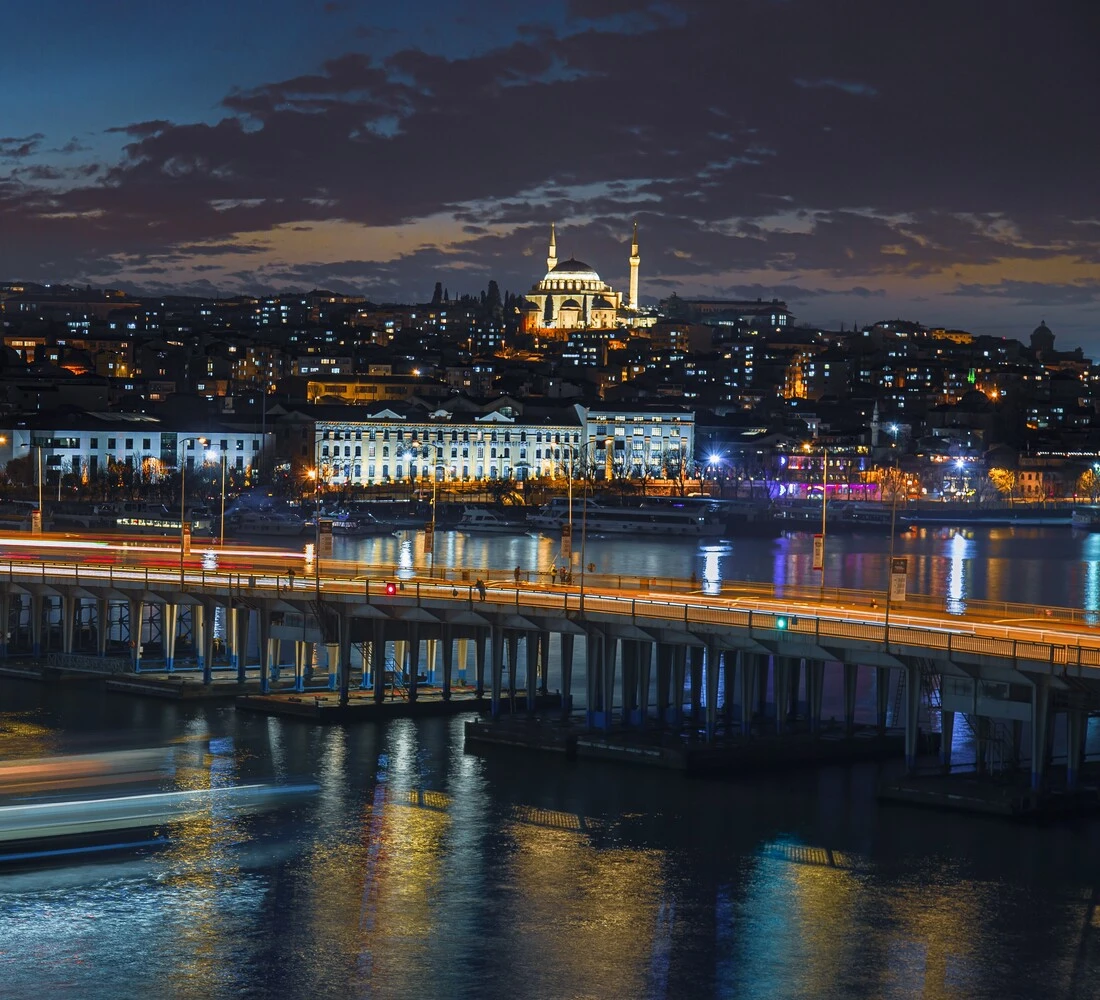In a world where change is accelerating, major projects emerge as vital elements that enhance the regional economy and provide opportunities for sustainable development. One such strategic project is the "Development Road Project," which spans 1,200 kilometers, connecting Turkey to the Al-Faw Port in the Arabian Gulf. This project, as described by Turkish President Recep Tayyip Erdoğan, is the "New Silk Road," and it is expected to have profound impacts on a region stretching from Europe to the Gulf countries by providing shared economic benefits and facilitating regional cooperation.
Geographical and Economic Details
The Development Road Project represents an attempt to revive ancient trade routes, starting with a railway line and a highway from Basra in southern Iraq, passing through Turkish territory and then into Europe. The project is designed to be a vital artery transporting goods and resources from the Arabian Gulf region to European markets, utilizing convenient ports and roads that serve as hubs for raw and manufactured materials.
The true story of this project began in 2005 when the local administration in Basra and the Chinese government proposed building the largest port in the region with a budget of approximately $5 billion in the Al-Faw Peninsula. Al-Faw is a crucial point for increasing trade volume, as it is located at the head of the Arabian Gulf, allowing goods to reach European markets quickly and efficiently.
Political and Economic Motivations
The importance of this project has doubled in light of the turbulent geopolitical conditions, especially following the outbreak of war in Ukraine and the increasing tensions in relations between Europe and Russia, alongside the difficulties faced by China in exporting its products to Europe. In this context, the Development Road Project has become an urgent necessity for China, as well as for East Asian countries and Gulf states, as it will enable them to export gas, oil, and goods to Europe via safer and less costly routes than existing corridors, thereby enhancing the sustainability of energy projects in the Gulf and facilitating the export of goods to the mentioned countries with ease, while reducing reliance on traditional corridors that have become unstable.
Additionally, the project offers clear added value to Turkey and Iraq, which seek to strengthen their economic relations with their neighbors and enhance their internal stability through improved infrastructure and transportation. The Iraqi Minister of Transport announced that the implementation of this project will bring more security and stability to Iraq, reflecting the positive experience resulting from cooperation with Turkey to support infrastructure development.
Future Expectations and Positive Impacts
This project is expected to be realized within a timeline extending to 2028, with the Al-Faw Port scheduled to receive its first commercial ship by September 2028. This may contribute to opening new horizons for economic communication not only between Iraq and Turkey but also among neighboring countries; many nations have expressed interest in enhancing regional cooperation through the project.
The "New Silk Road" represents a return to the old trade policies that prevailed in previous eras, reviving close cooperative relations that emerged in historical periods. The development of this project is expected to lead to economic integration among the countries of the region, helping to achieve sustainable development and reducing the economic gaps faced by some countries.
Potential Challenges
Despite the optimism, the Development Road Project faces numerous challenges, ranging from security issues and political tensions in Iraq and Syria to economic concerns that may hinder the state's commitment to necessary investments. The stability of Iraq and Syria is a fundamental element in the project's success, as the government must address security issues and comprehensively develop infrastructure to achieve the ambitious vision embraced by this project.
Conclusion
In conclusion, the "Development Road Project" represents a historic opportunity for Turkey, Iraq, and the entire region. By enhancing cooperation, developing infrastructure, and achieving economic integration, this project could serve as a launching point for a broader vision related to access to global markets. Success in realizing this vision requires regional and international coordination and cooperation, along with effective management of potential challenges. If this dream is realized, we may witness a new phase of cooperation and trade exchange in the Middle East, where strong relationships between countries contribute to achieving prosperity and stability.






